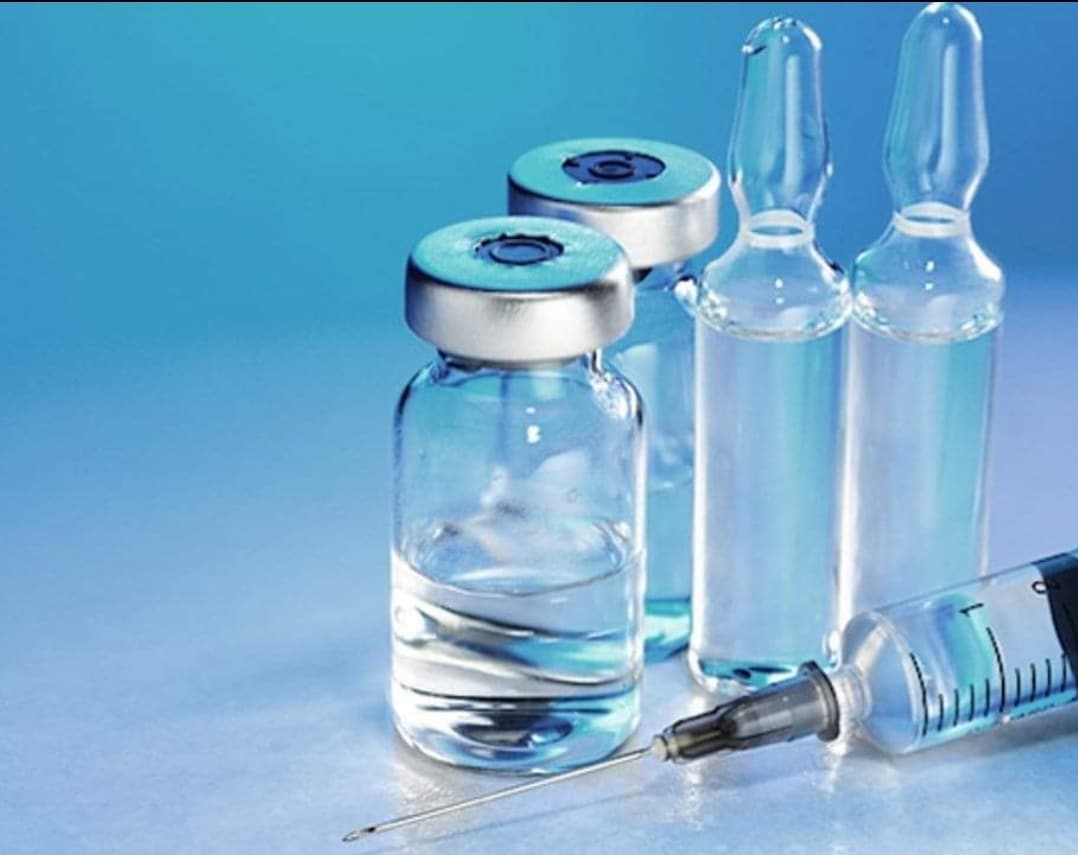USP Real Time Stability Testing of Injections
The United States Pharmacopeia (USP) Real Time Stability Testing is a critical component in ensuring the quality, safety, and efficacy of injectable and parenteral products. This testing process simulates real-world storage conditions to assess the stability of drugs over time. The USP guidelines provide robust methodologies for determining whether the product maintains its physical, chemical, and biological integrity throughout its shelf life.
Stability testing is mandatory in the pharmaceutical industry as it ensures that injectable products remain safe and efficacious under specified conditions. This process involves monitoring changes in drug stability over time to identify potential risks associated with storage and handling. The USP Real Time Stability Testing follows stringent protocols, ensuring compliance with regulatory standards.
During this testing, injectables are exposed to various environmental conditions such as temperature, humidity, light exposure, and shelf life duration. These parameters simulate the real-world conditions that a product might encounter during storage, transportation, and use. The goal is to predict whether the drug will remain stable under these conditions without compromising its efficacy or safety.
The process begins with selecting appropriate test batches of the injectable product. Once selected, these batches undergo rigorous testing using advanced analytical techniques like HPLC (High-Performance Liquid Chromatography), UV-VIS Spectrophotometry, and DSC (Differential Scanning Calorimetry). These tools help in monitoring changes in drug composition, purity, and physical form.
The specimens are then stored under controlled conditions that represent the most demanding environmental scenarios. For instance, high-temperature tests can mimic conditions in hot climates or during transport, while humidity tests assess the impact of moisture. Light exposure studies evaluate how UV radiation affects the drug’s stability. The duration of these tests varies depending on the product and its intended shelf life but typically spans several months to years.
Throughout the testing period, critical parameters are continuously monitored. These include temperature, relative humidity, light intensity, and time elapsed. Data from each test condition is meticulously recorded and analyzed using statistical methods. This analysis helps in determining whether any significant changes have occurred in the drug’s properties that could affect its safety or efficacy.
Once testing concludes, a comprehensive report summarizing the findings is generated. This report includes detailed descriptions of the stability tests conducted, the methodologies used, and the results obtained. It also provides recommendations for storing the product under optimal conditions to ensure its integrity throughout its shelf life.
Benefits
- Achieving Regulatory Compliance: Ensures that injectable products meet all required USP standards for stability, which is essential for regulatory compliance and market access.
- Predicting Real-World Performance: Provides insights into how the product will behave in real-world conditions, helping to prevent issues during storage and use.
- Enhancing Product Quality: Identifies potential stability issues early on, allowing for corrective actions before a drug reaches the market, thus enhancing overall product quality.
By conducting USP Real Time Stability Testing, pharmaceutical companies can ensure their injectable products are safe and effective throughout their shelf life. This testing not only helps in maintaining compliance with regulatory requirements but also enhances consumer trust by guaranteeing the highest standards of drug safety and efficacy.
Industry Applications
The USP Real Time Stability Testing is widely used across various sectors within the pharmaceutical industry. It plays a crucial role in ensuring that injectable products meet stringent quality control measures, thereby enhancing patient safety and satisfaction.
- R&D Departments: Used to evaluate new formulations before they enter clinical trials or commercial production.
- Manufacturing Facilities: Ensures that the manufacturing process maintains consistent product quality by identifying any deviations early in the production cycle.
- Distribution Centers: Helps determine optimal storage conditions to minimize degradation during transportation and warehousing.
By integrating USP Real Time Stability Testing into their operations, pharmaceutical companies can streamline their product development process, reduce costs associated with recalls or substandard products, and ultimately improve patient outcomes.
Competitive Advantage and Market Impact
- Enhanced Reputation: By demonstrating a commitment to quality through rigorous stability testing, companies can build a strong reputation among consumers, healthcare providers, and regulatory bodies.
- Increased Trust: Ensures that customers have confidence in the safety and efficacy of the products they purchase, which is crucial for long-term brand loyalty.
- Cost Savings: Early identification of stability issues can prevent costly recalls and other post-market interventions, leading to significant cost savings for the company.
The implementation of USP Real Time Stability Testing provides pharmaceutical companies with a competitive edge by ensuring that their products meet or exceed regulatory standards. This not only enhances market reputation but also supports sustainable growth in the industry.





